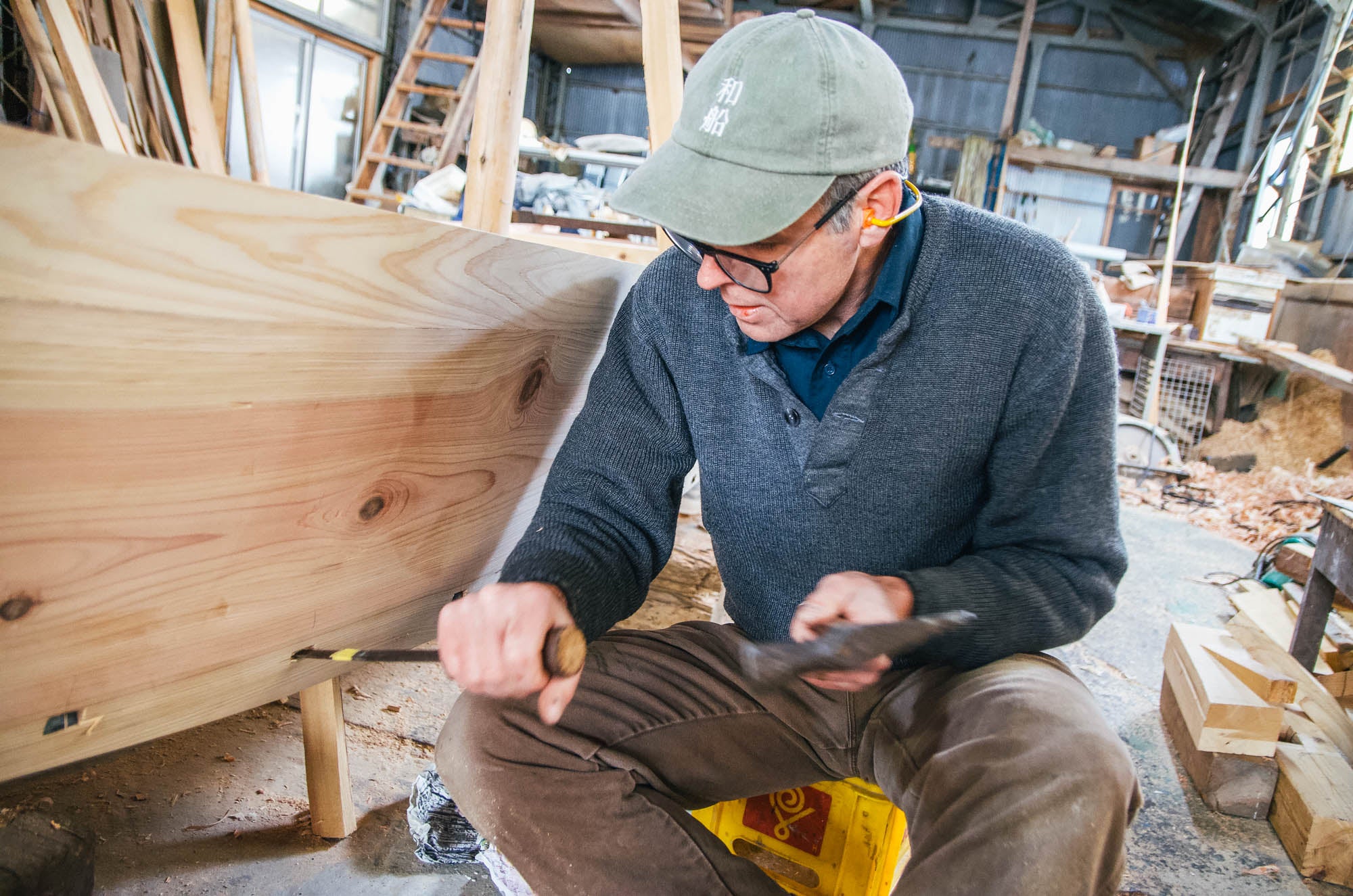This post is part of a blog series revealing the table of contents of upcoming Issue Fourteen. As is our custom, we’ll be discussing one article per weekday in order to give you a taste of what is to come.
The subscription window that includes Issue Fourteen is open now.
To get Issue Fourteen when it ships in early April, you can sign up for a subscription here.
If you aren’t sure about your subscription status, you can reach out to Grace at info@mortiseandtenonmag.com. Keep in mind though, if you are set to auto-renew, you never have to worry about getting the next issue of Mortise & Tenon. Issue Fourteen is coming your way soon!
___________________________________

The apprenticeship model of learning is age-old, and is a fixture in most ancient trades around the world. Often, the moral and philosophical values of a society imprinted themselves into the texture of the apprenticeship tradition, offering a way of learning that went far beyond simply mastering technique: It was designed to teach a student how to become a better person.

In Issue Fourteen, boatbuilder and author Douglas Brooks brings us some remarkable insights into the Japanese apprenticeship system. Brooks has spent 30 years under the tutelage of several different handcraft masters in Japan, learning and documenting trades that are in danger of disappearing forever. He recounts a model of learning that places the burden on the student, rather than the teacher, to gain and retain knowledge.
"The expectation – never once stated – was that I would be paying attention to what my teacher was doing, learning through observation alone how to do it correctly,” Brooks writes. “Rarely, when a teacher would demonstrate a technique to me, it was done with the utmost speed and obvious impatience on their part. When I was finally called upon to work, I was expected to do the work perfectly; if I did not, I was sent back to sweeping." While this may seem inefficient and even harsh to our modern ears, it was meant to instill values of careful observation, attention to detail, and above all, humility.

Through a series of fascinating (and at times, humorous) stories, Brooks shows us that a Japanese apprenticeship was built around the development of the whole individual. Mastery is more than acquiring a sufficient chest of tools and skills – the artisan’s way of thinking, of looking at the world, must be developed as well.
Subscribe now to reserve your copy of Issue Fourteen.

